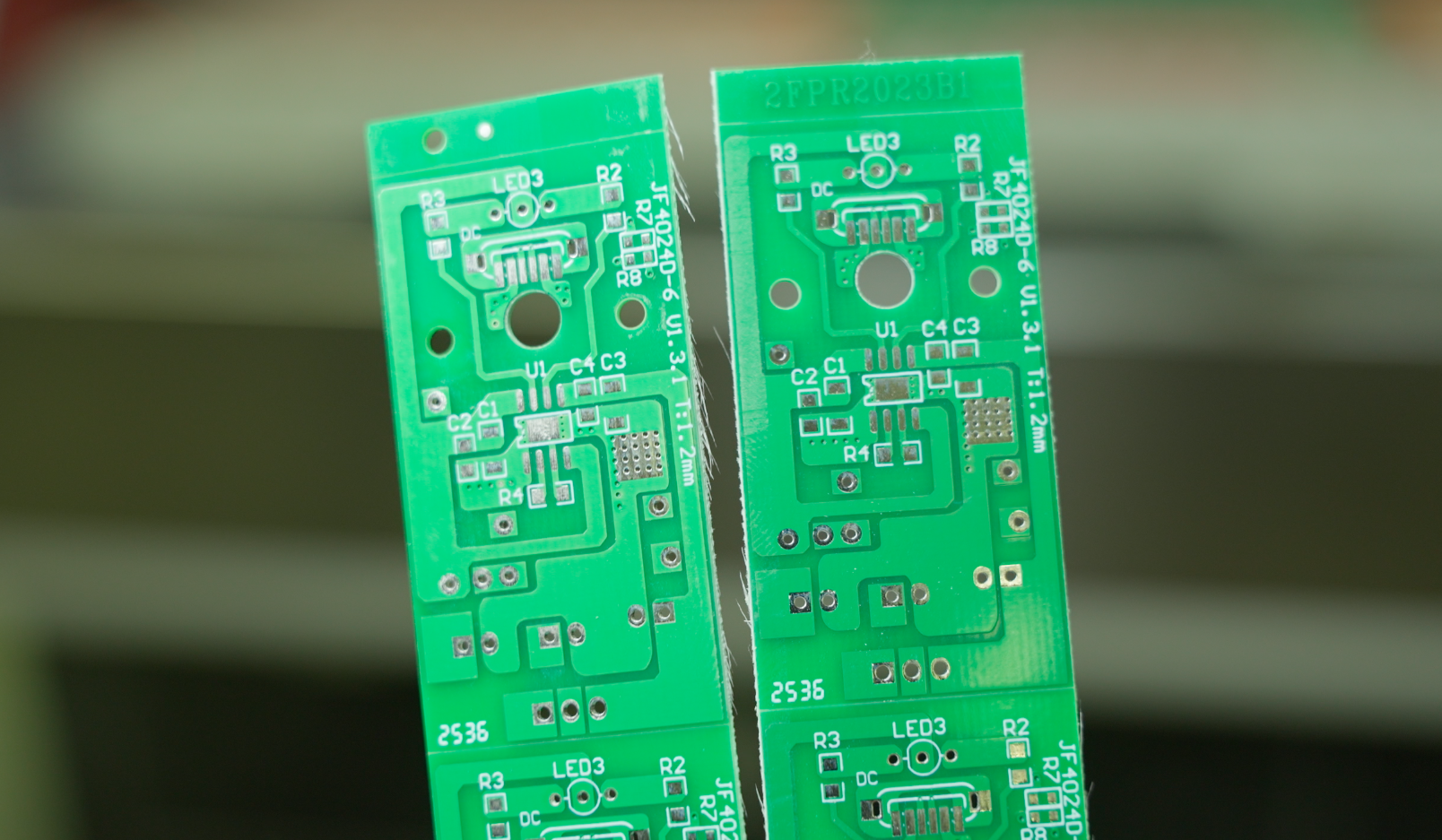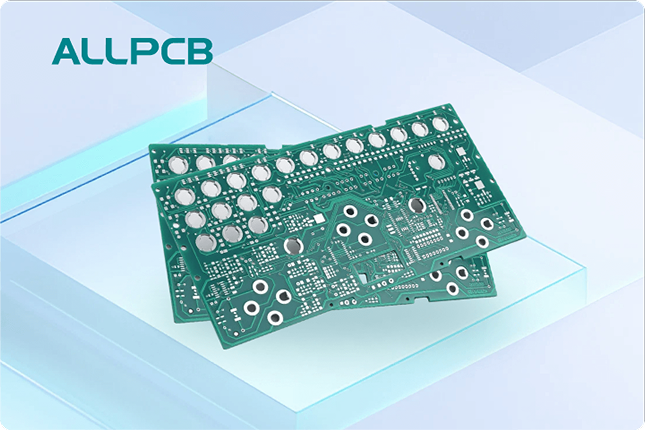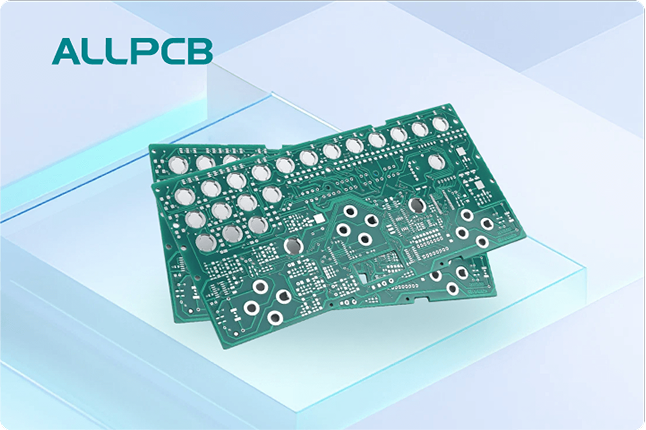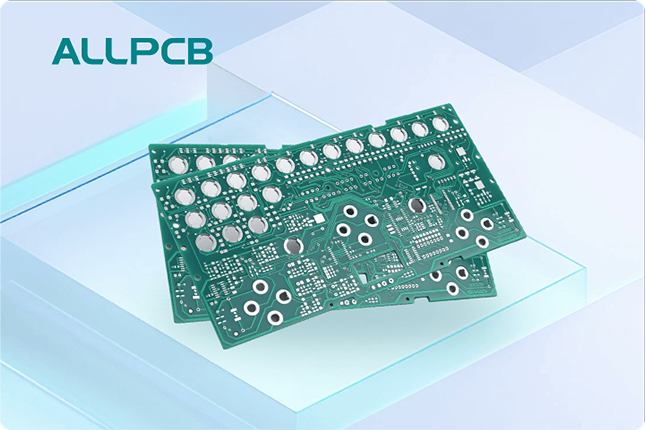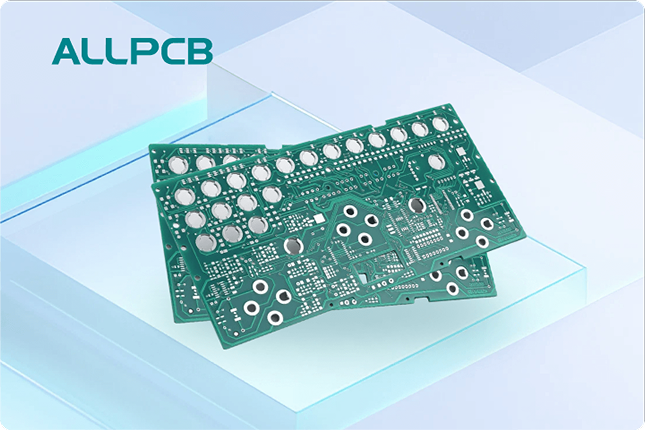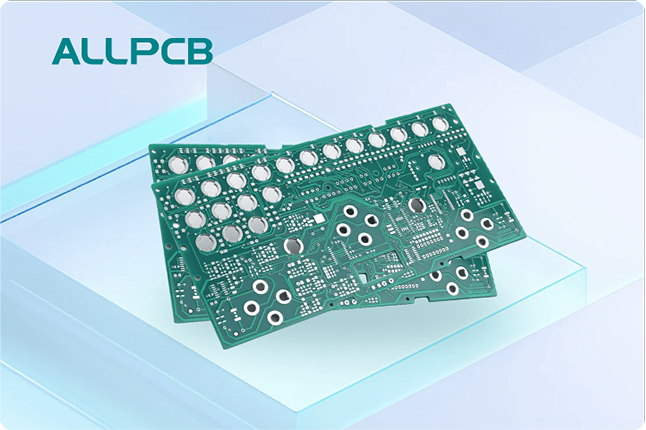As an electrical engineer, selecting the right PCB cleaning equipment is crucial to ensure the reliability and performance of printed circuit boards (PCBs). Whether you're dealing with flux residues, ionic contamination, or other debris, the wrong equipment can lead to damaged components or inefficient cleaning. In this guide, we’ll walk you through the key factors for PCB cleaning equipment selection, offer a detailed PCB defluxing equipment guide, help with choosing a PCB cleaning system, and explore options for ionic contamination removal equipment. Let’s dive into the essentials to help you make an informed decision.
Why PCB Cleaning Matters for Engineers
PCBs are the backbone of electronic devices, and any contamination—whether it’s flux residue from soldering, dust, or ionic compounds—can cause short circuits, corrosion, or signal degradation. For engineers, maintaining clean boards isn’t just about aesthetics; it’s about ensuring long-term functionality and meeting industry standards like IPC-6012 for PCB cleanliness. Studies show that up to 30% of PCB failures are linked to contamination-related issues, making proper cleaning a non-negotiable step in manufacturing and repair processes.
In this blog, ALLPCB will break down the types of equipment available, key considerations for selection, and practical tips to match your specific needs. By the end, you’ll have a clear roadmap for choosing the best system for your projects.
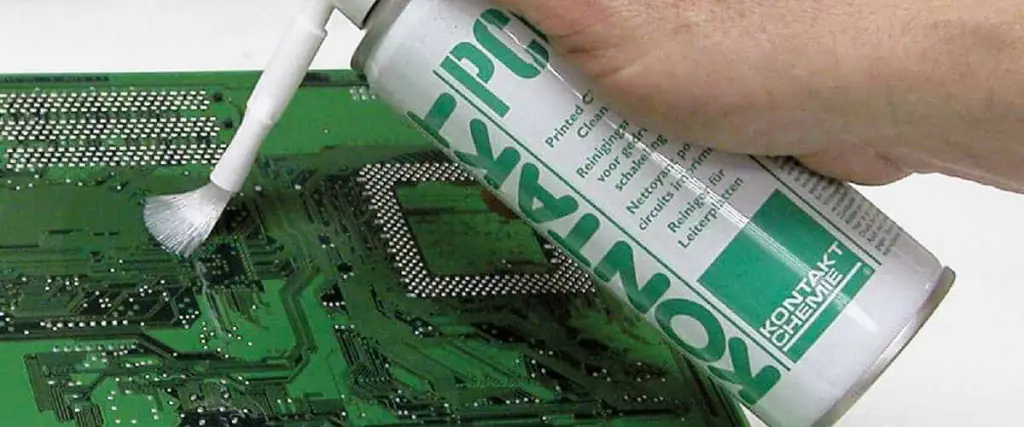
Understanding the Basics of PCB Cleaning
Before jumping into equipment selection, let’s cover why and how PCBs get dirty. During assembly, soldering flux is used to improve solder joint quality, but leftover residues can attract moisture and lead to corrosion. Ionic contamination, often from salts or acids, can cause electrical leakage, reducing performance. Dust and debris from handling or environmental exposure can also interfere with connections.
Cleaning removes these contaminants, ensuring reliability. The process varies based on the type of PCB (single-sided, double-sided, or multilayer), the contaminants present, and the production volume. As an engineer, your goal is to pick equipment that balances effectiveness, cost, and compatibility with your workflow.
Types of PCB Cleaning Equipment
There are several types of PCB cleaning systems, each suited for specific applications. Below, we’ll explore the most common options to guide your PCB cleaning equipment selection.
1. Manual Cleaning Tools
For small-scale operations or rework, manual cleaning with brushes, swabs, and compressed air can be effective. These tools are affordable, with basic kits costing between $20 and $100, and are ideal for spot cleaning or low-volume tasks. However, they lack consistency and aren’t suitable for ionic contamination removal, as they can’t ensure thorough cleaning across complex boards.
Best For: Prototyping, repairs, or hobbyist projects.
2. Ultrasonic Cleaners
Ultrasonic cleaners use high-frequency sound waves (typically 20-40 kHz) to create cavitation bubbles in a cleaning solution, dislodging contaminants from PCB surfaces. They’re highly effective for PCB defluxing equipment needs, removing flux residues and particles from hard-to-reach areas like under components. Prices range from $100 for small benchtop units to $5,000+ for industrial models.
Best For: Small to medium batches, intricate boards with tight spaces.
Caution: Ensure components are rated for ultrasonic exposure, as delicate parts may be damaged by vibrations.
3. Spray Wash Systems
Spray wash systems use pressurized jets of cleaning fluid (water-based or solvent-based) to blast contaminants off PCBs. They’re often automated, making them efficient for medium to high-volume production. These systems can cost between $2,000 and $20,000 depending on capacity and features like closed-loop filtration.
Best For: Assembly lines, consistent cleaning of larger batches.
4. Inline Cleaning Systems
For high-volume manufacturing, inline cleaners integrate directly into production lines, cleaning PCBs as they move through assembly. These systems are customizable for ionic contamination removal equipment needs, often using deionized water to prevent residue. Costs start at $50,000 and can exceed $200,000 for advanced setups.
Best For: Large-scale production with strict cleanliness standards.
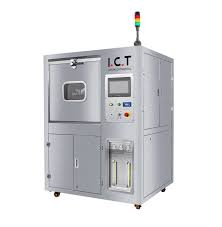
Key Factors in Choosing a PCB Cleaning System
When choosing a PCB cleaning system, engineers must weigh several factors to ensure the equipment meets project demands. Let’s break down the critical considerations.
1. Type of Contaminant
Different contaminants require different cleaning methods. Flux residues often need solvent-based or semi-aqueous cleaners, while ionic contamination demands deionized water to prevent conductive residues. Dust and debris might only need dry methods like compressed air. Identify the primary contaminants in your process to narrow down equipment options.
Example: If you’re working on lead-free solder assemblies, no-clean flux residues are harder to remove and may require a more aggressive ultrasonic or spray system with specialized chemistry.
2. PCB Complexity and Component Sensitivity
Multilayer boards or those with surface-mount components (SMT) have tight spaces where contaminants hide. Ultrasonic or spray systems excel here, but you must check if components can withstand the cleaning method. For instance, some MEMS sensors or quartz crystals can fail under ultrasonic vibrations.
Tip: Review component datasheets for cleaning compatibility or test a sample board before full-scale cleaning.
3. Production Volume
Your throughput dictates the scale of equipment. Manual tools work for a few boards per day, while inline systems are necessary for hundreds or thousands. A mid-range spray wash system might handle 50-200 boards daily, offering a balance for smaller manufacturers.
4. Cleaning Chemistry Compatibility
The cleaning fluid—whether solvent, water-based, or semi-aqueous—must match your equipment and PCB materials. Solvents are effective for stubborn residues but pose environmental and safety risks. Water-based cleaners are eco-friendly but may require longer drying times. Check if your chosen equipment supports the chemistry you need.
Data Point: According to industry reports, water-based cleaning systems have grown in popularity, with over 60% of manufacturers adopting them for environmental compliance.
5. Budget and Cost of Ownership
Equipment price is just one part of the equation. Consider maintenance, consumables (like cleaning fluids), and energy costs. For example, an ultrasonic cleaner might cost $1,000 upfront, but frequent fluid replacement could add $200 monthly. Inline systems have high initial costs but lower per-unit cleaning expenses in high-volume settings.
Special Focus: Ionic Contamination Removal Equipment
Ionic contamination, often from salts or acids in flux or handling, is a silent killer of PCB reliability. It can cause dendritic growth, leading to shorts, especially in high-humidity environments. Ionic contamination removal equipment typically uses deionized water or specialized solutions to eliminate conductive residues.
Key Equipment Options:
- Ion Exchange Systems: Paired with spray or inline cleaners, these purify water to remove ions, ensuring no residue is left. Cost: $5,000–$15,000.
- Conductivity Testers: Post-cleaning, these devices measure ionic residue levels to verify cleanliness per IPC standards (typically below 1.56 μg/cm2 NaCl equivalent). Cost: $500–$2,000.
Practical Tip: If you’re in a high-reliability field like aerospace or medical devices, invest in equipment with real-time monitoring of water purity to ensure consistent results.
PCB Defluxing Equipment Guide
Flux residues are a common challenge in PCB assembly, and choosing the right PCB defluxing equipment can make or break your process. Defluxing equipment must remove residues without damaging components or leaving secondary contaminants.
Top Considerations:
- Cleaning Method: Ultrasonic cleaners are excellent for no-clean flux, while spray systems handle rosin-based flux better in high volumes.
- Chemistry: Semi-aqueous cleaners offer a balance of effectiveness and environmental safety for defluxing. Ensure compatibility with your board materials—some solvents can degrade certain plastics or coatings.
- Drying: Post-defluxing drying is critical to prevent moisture-related issues. Look for equipment with integrated drying or invest in a separate drying oven (cost: $500–$3,000).
Example: In a project involving high-density SMT boards, I used a benchtop ultrasonic cleaner with a semi-aqueous solution at 40°C for 10 minutes per cycle. This removed 95% of flux residues without affecting component integrity, as verified by visual inspection and conductivity testing.
Practical Tips for Engineers
Here are actionable tips to streamline your PCB cleaning equipment selection process:
- Test Before Scaling: Always run a small batch with new equipment to confirm compatibility with your PCBs and contaminants.
- Follow Industry Standards: Adhere to IPC cleanliness guidelines (like IPC-CH-65) to ensure your process meets quality benchmarks.
- Maintain Equipment: Regularly clean filters and replace fluids in ultrasonic or spray systems to avoid cross-contamination. For instance, dirty ultrasonic baths can redeposit particles, reducing effectiveness by up to 40%.
- Train Your Team: Ensure operators understand equipment settings and safety protocols, especially with solvent-based systems.
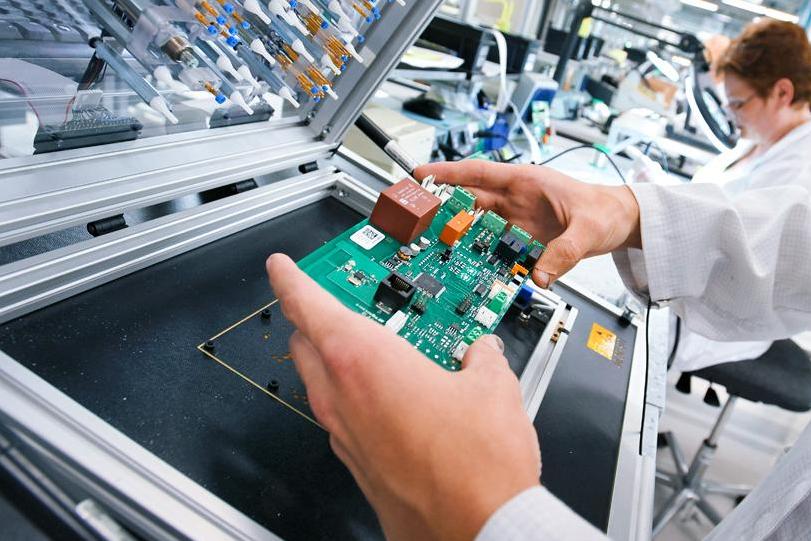
Common Mistakes to Avoid
Even experienced engineers can make missteps when choosing a PCB cleaning system. Avoid these pitfalls:
- Overlooking Component Sensitivity: Using aggressive cleaning on delicate parts can lead to failures. Always check datasheets.
- Ignoring Drying Needs: Residual moisture can cause corrosion. Budget for drying solutions if your equipment lacks this feature.
- Choosing Based on Price Alone: Cheap equipment might save money upfront but could cost more in rework or failures. Balance cost with performance.
Conclusion: Making the Right Choice
Selecting the right PCB cleaning equipment is a critical decision for electrical engineers aiming to ensure reliability and performance in their designs. By understanding your contaminants, production volume, and budget, you can narrow down options—whether it’s a simple ultrasonic cleaner for defluxing or an advanced inline system for ionic contamination removal equipment needs. Use this guide as your roadmap for PCB cleaning equipment selection, follow our PCB defluxing equipment guide, and take a strategic approach to choosing a PCB cleaning system.
Remember, the right equipment not only cleans effectively but also integrates seamlessly into your workflow, saving time and preventing costly failures. Have a specific question or need tailored advice? Drop a comment below, and let’s discuss your unique challenges.
 ALLPCB
ALLPCB


